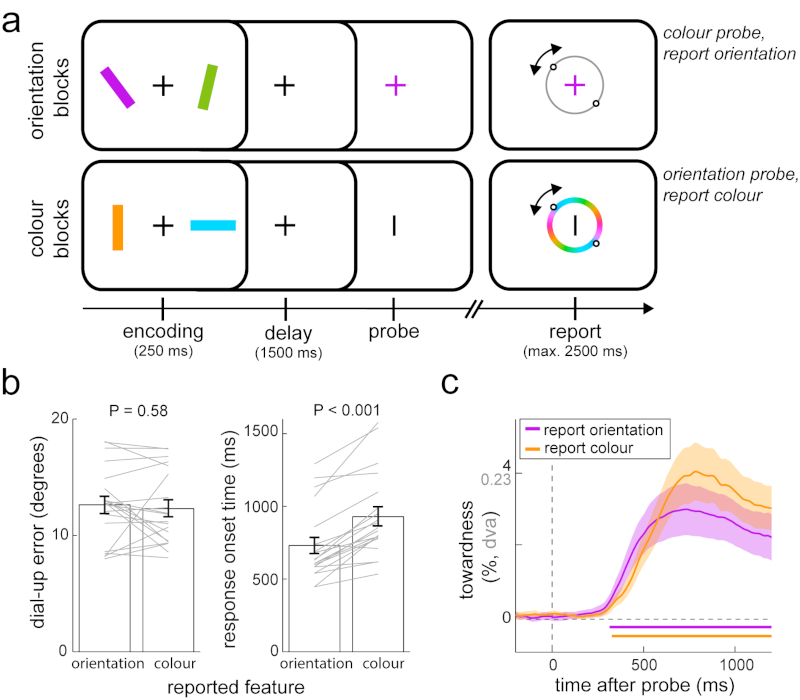Fig 4. Gaze bias generalises across visual features.
a) Experiment 4 consisted of two types of blocks. Orientation blocks involved the same orientation reproduction working memory task as experiments 1-3. In colour blocks we reversed the roles played by item colour and orientation – we used orientation (vertical or horizontal) to probe the to-be-selected memory item, of which participants were required to then report the colour. b) Average reproduction errors and response onset times for blocks with orientation and colour reports. Paired-samples t-tests; errors: t(19) = -0.565, P = 0.579, d = -0.126, 95%CI of d between -0.565 and 0.315; response onset times: t(19) = 6.935, P < 0.001, d = 1.551, 95%CI of d between -0.885 and 2.198. c) Gaze bias toward the probed item’s memorised location for blocks with orientation and colour reports. Horizontal bars indicate significant temporal clusters; cluster-based permutation tests of the sum of t-values across time points; orientation reports: ∑T= 3522.5, 95% of permutations between -1000.6 and 1053.8, P < 0.001; colour reports: ∑T= 4065.3, 95% of permutations between -988.6 and 978.1, P < 0.001. Conventions as in Fig. 1. Error bars and shaded areas in all panels represent ± 1 s.e.m (n = 20).

